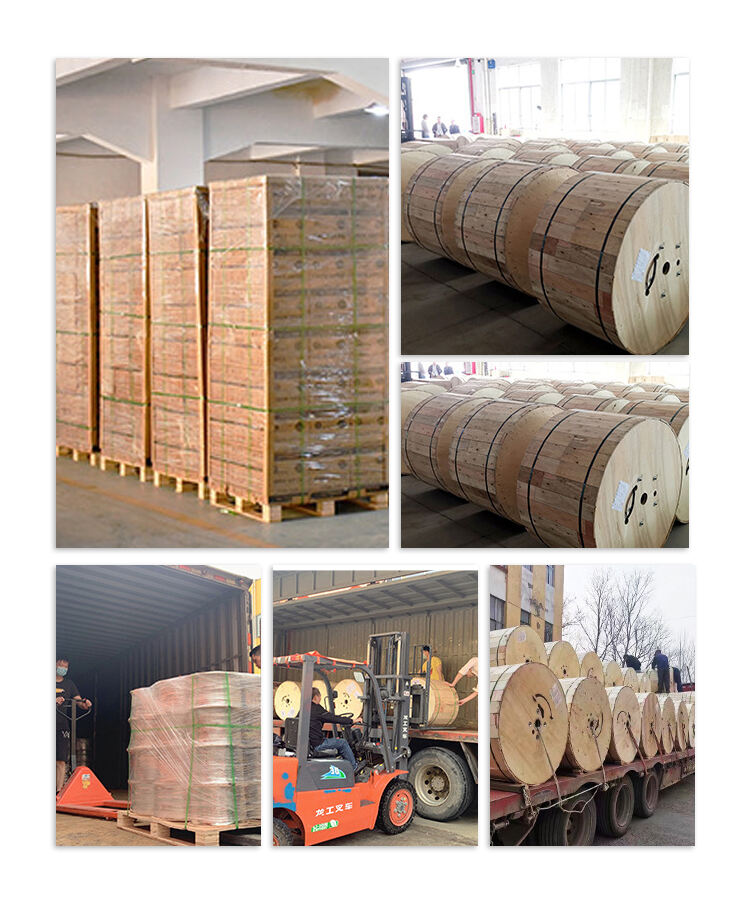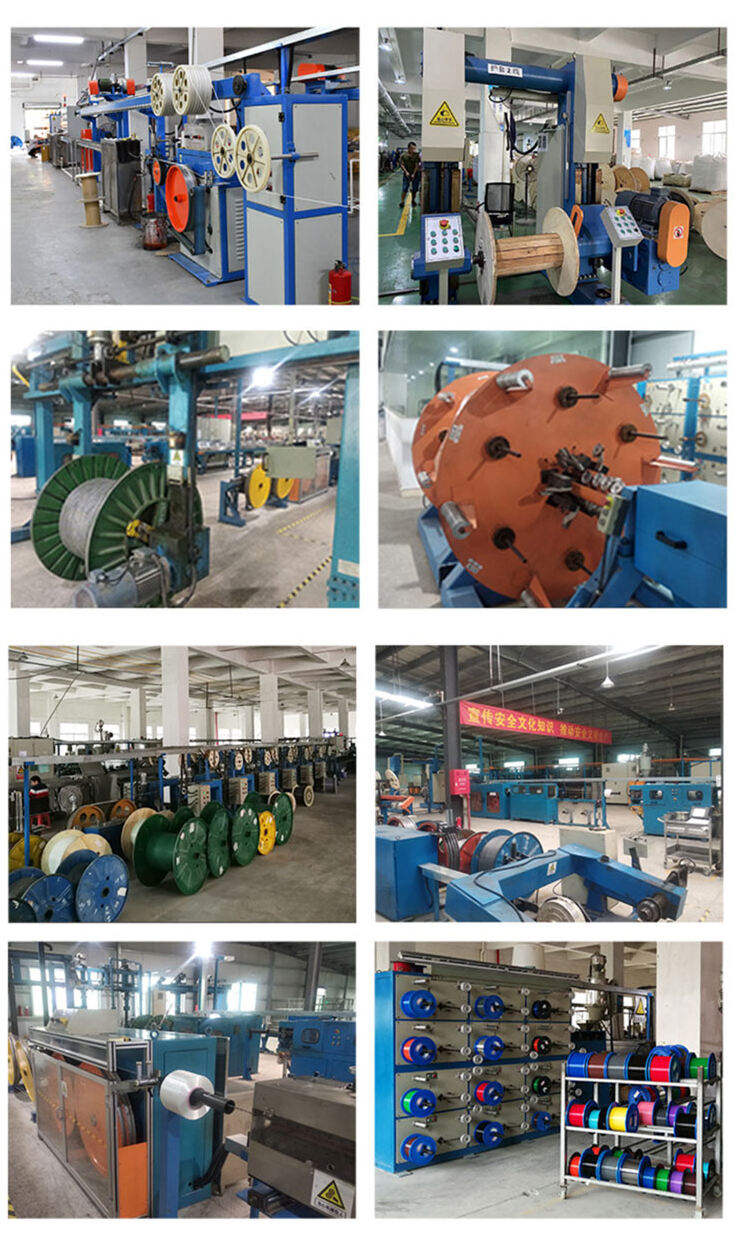
Fiber optic wire cables incorporate both single and multimode cables just like fiber optic cables which encompass long and short distance signal transfer. These cables can be used for different purposes in diverse fields such as telecommunications and automation in industries. They've got two parts which include the single-mode fibers for long distances and multimode wires for short distances. With Fiber optic cables incorporated into a telecommunications network, different exchanges can be linked. For customers, switchboard access to high speed internet can be facilitated. In the industrial side, sensors and controllers can be connected for reliable data transfer during automation processes.
